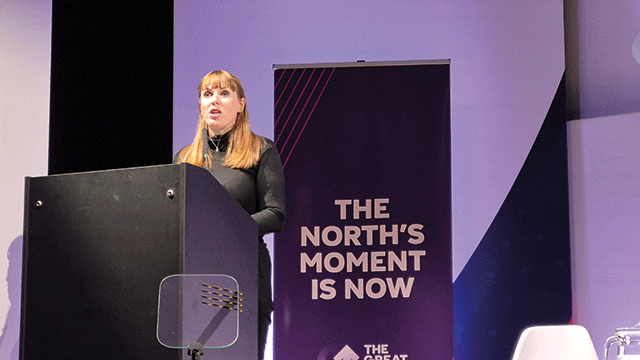For Johnson Cleaners, it was January’s poor weather that helped to depress its results. For Thomas Cook, it was the distraction of the World Cup that contributed to a warning about its year-end numbers.
UK corporates have long been well-practised in asserting less typical – but usually valid – reasons for disappointing financial performances.
Nick Leslau wasn’t immune this week, adopting a typically forthright stance in explaining Prestbury’s £30m writedown.
He took personal responsibility for a sizeable chunk, apologising for a poor call in sinking £12m into British Seafood ahead of its collapse. He admitted that his investment in garden centres turned out to be less than rosy. And he could barely conceal his anger at “the major property company” that pursued “absurd” auction room sales of various Punch pubs, depressing the valuation of Prestbury’s own stake in other Punch ale houses.
Not many other property investors will be as colourful when it comes time to unveil their results, but most will warm to Leslau’s theme. The pressures on the property market right now are both severe in their impact and varied in their origins – from lack of funding to the squeeze on the public sector, economic stagnation to a lack of corporate and consumer confidence.
Worse, Jones Lang LaSalle detected lower occupier activity in July and August. That’s normal, of course. The agent’s fear, outlined in its latest Pulse report, is that that will continue for the rest of the year.
Yes, there are pockets of growth. The UK industrial and warehousing market for sizeable units (100,000 sq ft-plus) has improved more than was expected in the first half of the year, according to JLL. And some of the big-box occupiers are doing rather nicely. Storage retailer Safestore Holdings, for instance, reported a 9% growth in revenue for the quarter ended 31 July.
But overall, it all feels very different to the bull run that kicked off last September.
• Today marks the start of New Homes Month, one of those calendar-grabbing, artificial “events” designed to secure headlines in mid-market papers.
In fairness, the New Homes Marketing Board, its architect, has secured heavyweight support. Housing minister Grant Shapps lends backing and a soundbite or two: “The facts are clear – housebuilding is at its lowest since wartime years, but the demand for new homes continues to rise. We need more homes, and quickly. An industry campaign today is a very positive message.”
In the meantime, landlords are doing rather nicely. The RICS’s latest Residential lettings survey found that 27% more surveyors reported a rise in rents than a fall.
It’s all very different to a year ago, when oversupply pushed rents down and 29% more surveyors reported falling rents than reported rising rents.
Looking ahead, the outlook for landlords remains positive, with 33% more surveyors expecting rents to increase over the next quarter rather than fall.
That will continue unless more stock becomes available. And without more freely available finance, that’s unlikely.
Unless, of course, new homes month is a runaway success.
• Readers in Scotland were the first to receive our latest digital magazine this week. The ebook features all the coverage from last week’s Scotland Focus in a handy electronic format, as well as an introductory video from regional editor Stacey Meadwell and links to related news stories and blog posts.
These new digital editions will be sent out each week to readers in relevant regions. Next week brings not one but two: the first for readers in Bedfordshire, Hertfordshire and Essex, the second for those in Bristol, Bath and Swindon. All the digital magazines are available at www.estatesgazette.com/focus
damian.wild@estatesgazette.com










